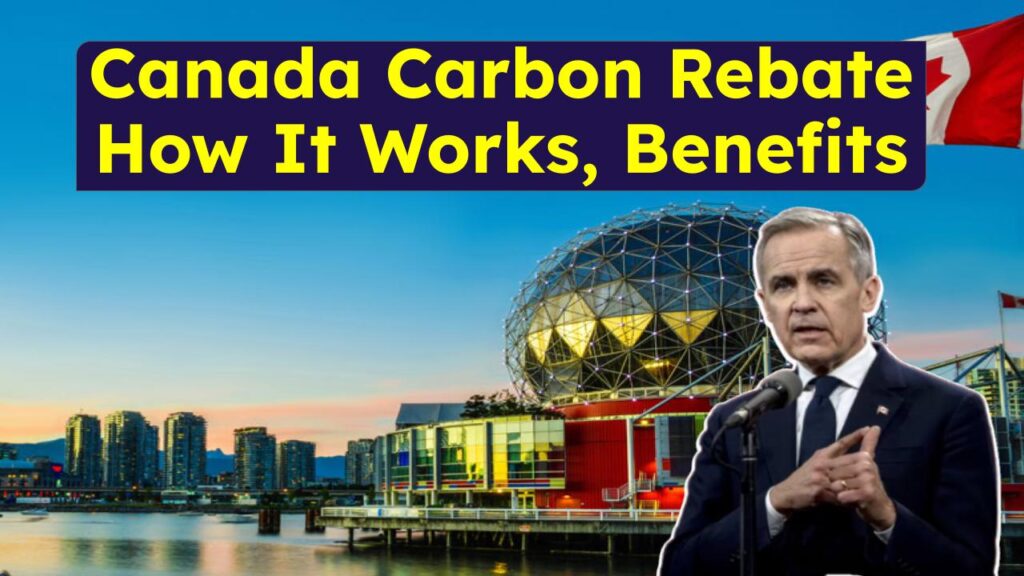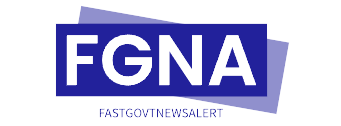
The Canada Carbon Rebate (CCR) is a government initiative designed to help Canadians manage the financial impact of carbon pricing. As we approach 2025, many households are wondering how this rebate will affect them, when they’ll receive payments, and what steps they need to take to ensure eligibility. In this article, we’ll break down everything you need to know about the Canada Carbon Rebate in 2025—what it is, how it works, and why it matters for your wallet and the environment.
Canada Carbon Rebate 2025
| Aspect | Details |
|---|---|
| Final Payment Date | April 22, 2025 (Eligibility requires filing 2024 taxes by April 2, 2025) |
| Payment Frequency | Quarterly payments (January 15, April 22, July, October) |
| Program Termination | Federal fuel charge and CCR discontinued March 15, 2025 |
| Average Rebate Amount | Varies by province; typically ranges from $300–$600 annually per household |
| Eligibility Criteria | Must be at least 19 years old, married/common-law, or a parent |
Carbon pricing is a tool used by governments worldwide to reduce greenhouse gas emissions. By placing a cost on pollution, it encourages businesses and individuals to adopt cleaner practices. However, this can sometimes lead to higher costs for fuel and other essentials. The CCR helps balance this by returning money to households, ensuring that families aren’t unfairly burdened by these environmental efforts. Let’s dive into the details of the program and explore how it impacts Canadians like you.
What Is the Canada Carbon Rebate?
The Canada Carbon Rebate is a tax-free payment provided to eligible individuals and families to offset the cost of federal carbon pricing. Introduced as part of Canada’s commitment to reducing greenhouse gas emissions, the rebate ensures that most households receive more money back than they pay in increased fuel costs. Think of it as a way for the government to say, “We’re asking you to help fight climate change, but we don’t want it to hurt your pocketbook.”
How Does It Work?
Here’s how the process unfolds:
- Carbon Pricing: A fee is applied to fossil fuels like gasoline, natural gas, and propane. This fee increases over time to encourage energy efficiency.
- Rebate Distribution: The revenue collected from carbon pricing is redistributed to Canadians through the CCR. Most households receive quarterly payments directly deposited into their bank accounts or mailed as checks.
- Net Benefit: While businesses and industries also face carbon pricing, households benefit because the rebate often exceeds the additional costs passed on to consumers.
For example, if you live in Ontario, your family might pay an extra $100 annually due to carbon pricing but could receive a rebate of $400 or more. That’s a net gain of $300!
Read Also: Canada Disability Benefit 2025 Eligibility, Application Process
Why Is the Canada Carbon Rebate Important?
The CCR serves two critical purposes:
- Environmental Impact: By making polluters pay, carbon pricing incentivizes cleaner technologies and reduces reliance on fossil fuels. Studies show that such policies effectively lower emissions without harming economic growth.
- Economic Equity: Lower-income households tend to spend a larger portion of their income on energy costs. The rebate ensures that these families aren’t disproportionately affected by carbon pricing.
Imagine a seesaw where one side represents pollution and the other represents clean air. Carbon pricing tips the scale toward cleaner choices, while the rebate keeps the ride smooth for everyone.
Step-by-Step Guide to Understanding the CCR
To make sense of the Canada Carbon Rebate, let’s break it down into simple steps:
1. Am I Eligible?
You qualify for the CCR if:
- You’re at least 19 years old, or
- You’re married/common-law, or
- You’re a parent.
No need to apply separately—eligibility is determined based on your annual tax return.
2. How Much Will I Receive?
Rebate amounts vary by province and depend on factors like household size and location. For instance:
- In Alberta, a family of four may receive up to $1,200 annually.
- In Quebec, rebates are generally smaller since the province has its own carbon pricing system.
Use the CRA’s online calculator to estimate your potential rebate.
3. When Are Payments Made?
Starting in 2024, payments shifted from once-a-year to quarterly distributions. Here’s the schedule for 2025:
- January 15
- April 22
- July (exact date TBD)
- October (exact date TBD)
Mark these dates on your calendar to track when funds arrive.
4. What Do I Need to Do?
The good news? There’s very little effort required on your part. Simply file your 2024 income tax return by April 2, 2025, to ensure you’re registered for the final April payment. Missing this deadline means missing out!
Canada Carbon Rebate 2025 FAQs
1. What is the Canada Carbon Rebate (CCR)?
The Canada Carbon Rebate is a tax-free payment designed to help households offset the costs of federal carbon pricing. It ensures that most families receive more money back than they pay in increased fuel expenses, promoting both environmental and economic fairness.
2. Who is eligible for the Canada Carbon Rebate?
You are eligible if you are at least 19 years old , married/common-law, or a parent. Eligibility is automatically assessed when you file your annual tax return—no separate application is required.
3. When will I receive my final CCR payment in 2025?
The last scheduled payment will be issued on April 22, 2025 . However, you must file your 2024 income tax return by April 2, 2025 , to qualify. Missing this deadline means forfeiting the rebate.
4. How much money can I expect from the CCR?
Rebate amounts vary by province and household size. For example, a family of four in Alberta could receive up to $1,200 annually , while those in Quebec may see smaller amounts due to provincial carbon pricing systems.
+5. Is the Canada Carbon Rebate ending after 2025?
Yes, the federal fuel charge and CCR for individuals will be discontinued as of March 15, 2025 . However, the final quarterly payment will still be distributed on April 22, 2025 , provided you meet eligibility requirements.
